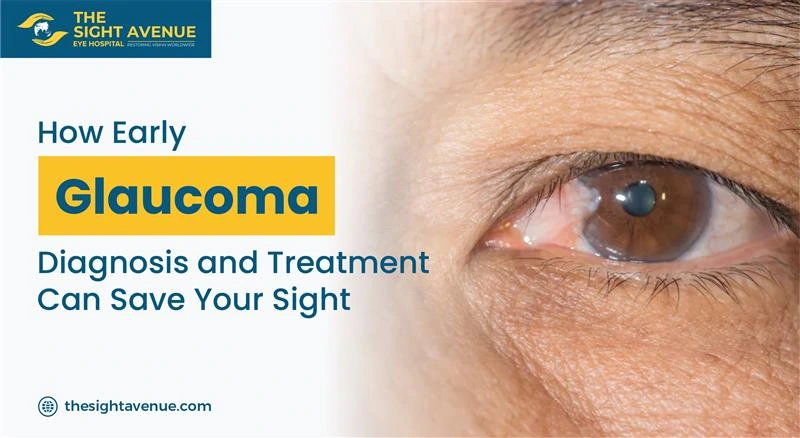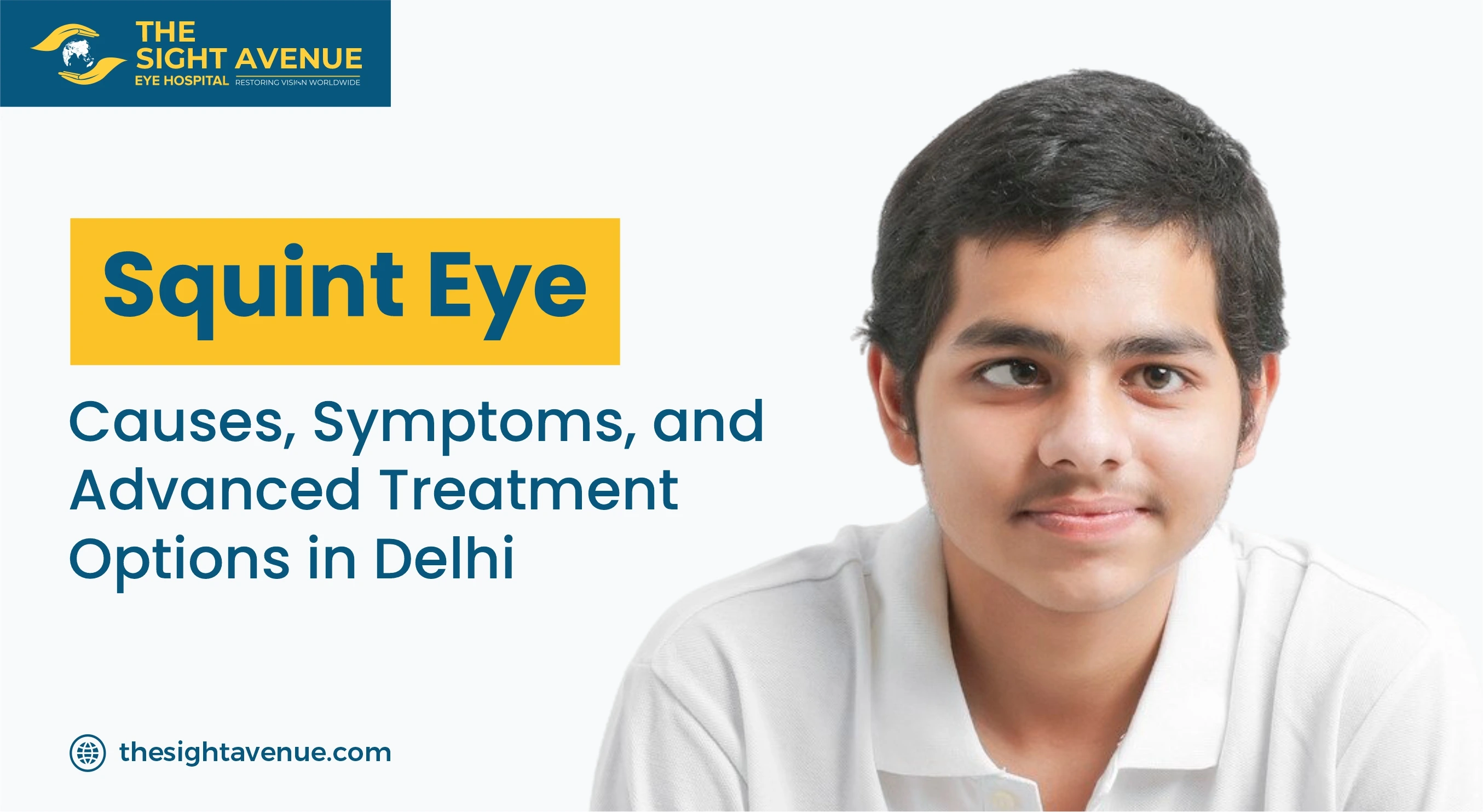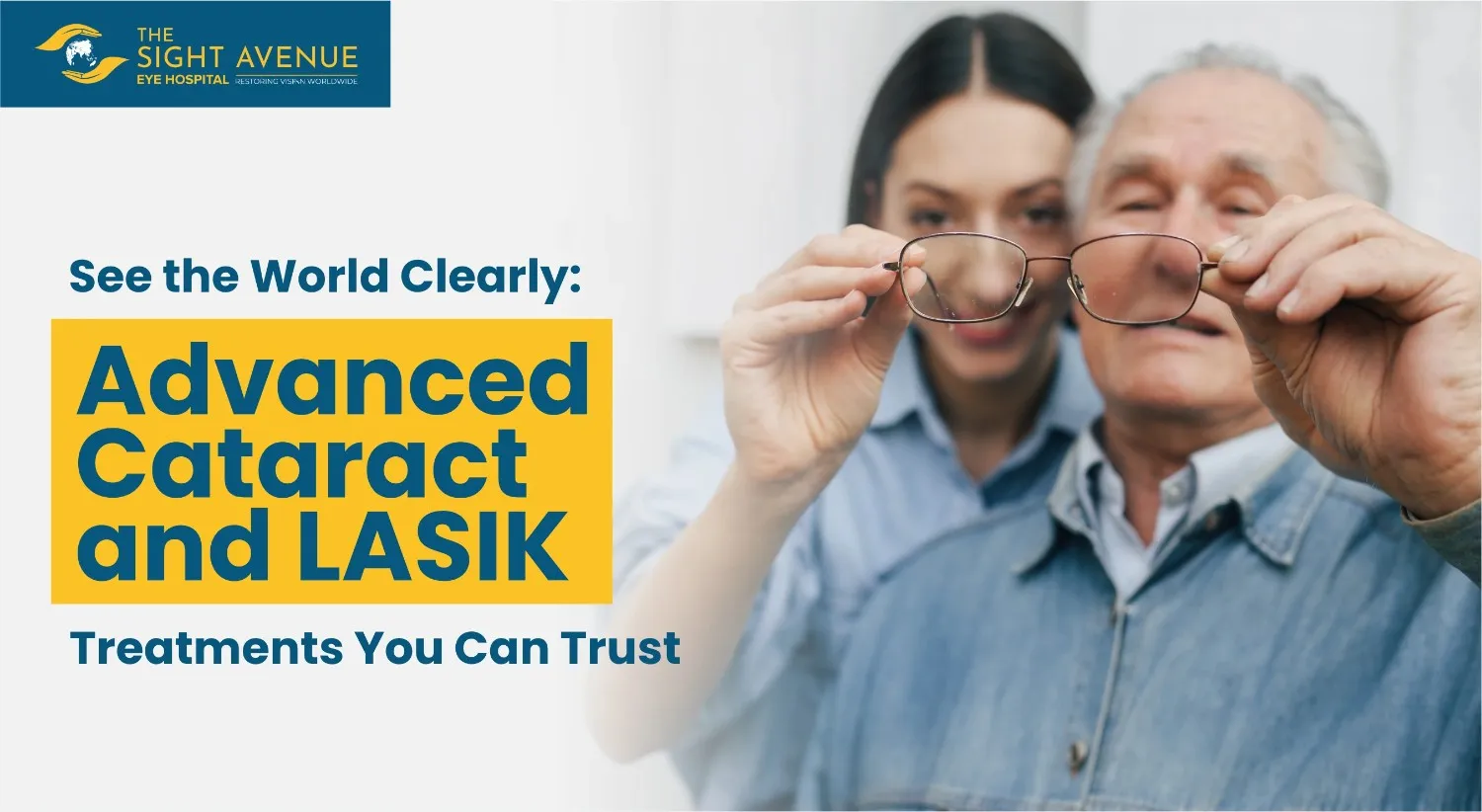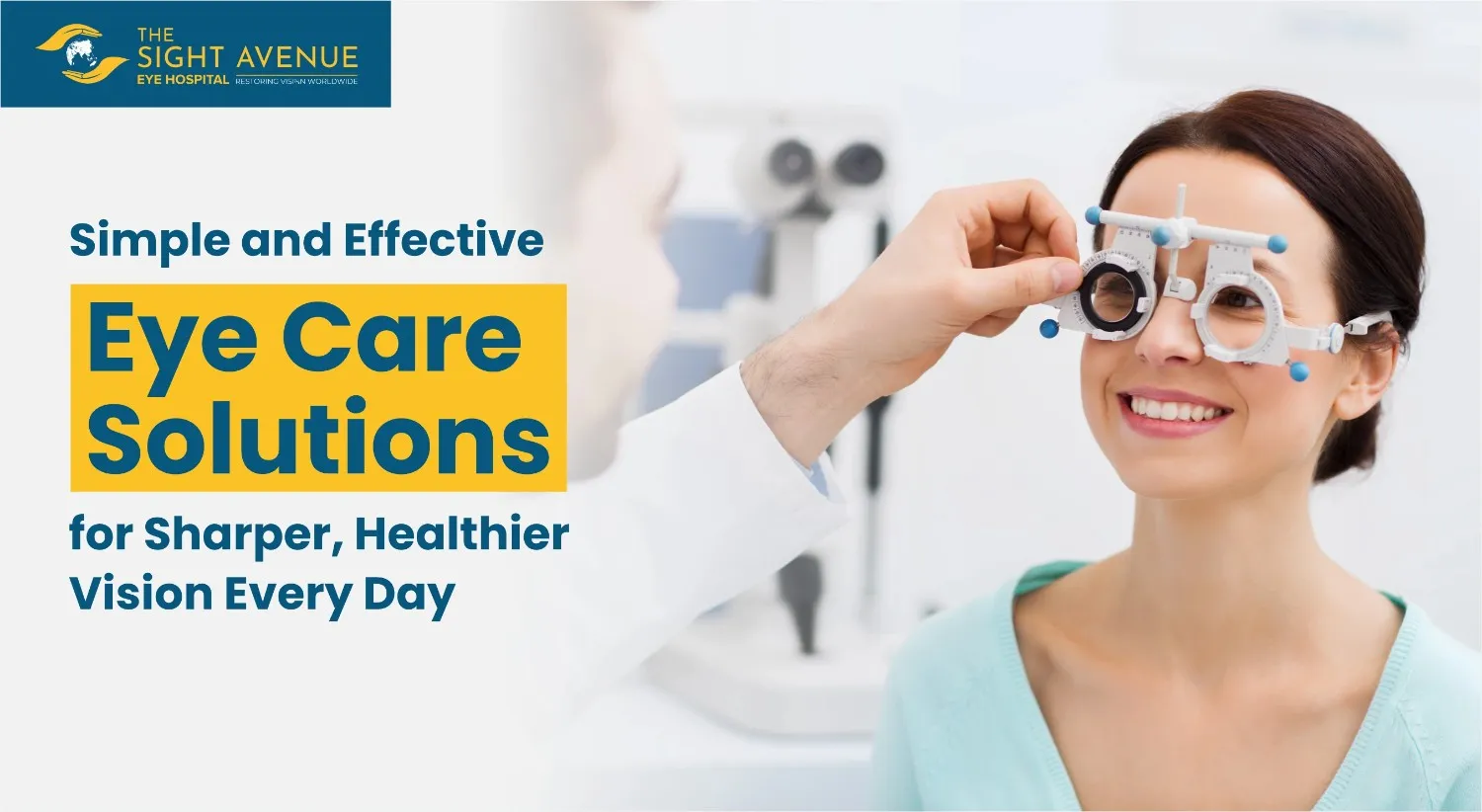Age-related macular degeneration (AMD): Symptoms, treatment

As people age, many diseases start appearing, which may be minor or severe depending on the person's health totally. Age-related macular degeneration (AMD) is one of the diseases that appears nearby or after 50, and the major aspect is risk, which can be higher as aging. That’s why it is important to understand this serious eye disease before it causes vision loss.
In this blog, we’ll explore AMD’s symptoms, types, treatment options, and how to manage it effectively.
What is Age-Related Macular Degeneration?
AMD is a progressive eye condition that damages the macula, responsible for sharp central vision. It primarily affects individuals over 50, and the risk increases with age.
Types of AMD
1. Dry AMD (Atrophic):
- The more common form, the value about 80–90% of cases relate to Dry AMD.
- Caused by the gradual thinning of the macula.
2. Wet AMD (Neovascular):
- Less common but more severe.
- Usually happens when abnormal blood vessels grow under the retina, that causes leakage and scarring.
Symptoms of Age-Related Macular Degeneration
Symptoms of AMD often develop gradually, especially in the dry form, but they may progress more rapidly in wet AMD.
Common Signs to Watch For:
- Blurry Central Vision: Difficulty seeing fine details, especially in low light.
- Dark or Empty Spots: A dark patch in the center of your visual field.
- Distorted Vision: Straight lines appear wavy or bent, a condition called metamorphopsia.
- Color Dimming: Colors may seem less vibrant over time.
- Increased Need for Brighter Lighting: Difficulty seeing clearly in dim environments.
If you notice any of these symptoms, consult an eye care professional immediately, as early intervention can help slow progression.

Know More: Astigmatism (Blurry Vision)
Causes and Risk Factors of AMD
The exact cause of AMD isn’t fully understood, but several factors contribute to its development.
Key Causes and Risks:
1. Age: Risk increases significantly after 50
2. Genetics: A family history of AMD raises the likelihood of developing the condition.
3. Lifestyle Factors: Smoking and poor diet can accelerate retinal damage.
4. Health Conditions: Hypertension, obesity, and cardiovascular diseases are linked to AMD.
5. UV Exposure: Prolonged sun exposure without eye protection may contribute to macular damage.
Understanding these AMD risks is essential for taking preventive measures and protecting your vision.
How is AMD Diagnosed?
Early diagnosis is critical for managing AMD effectively. Eye care professionals use several tools to detect and monitor the condition.
Diagnostic Methods:
1. Comprehensive Eye Exam: Includes dilation to examine the retina and macula.
2. Amsler Grid Test: Identifies distortions in vision, such as wavy or missing lines.
3. Optical Coherence Tomography (OCT): Provides detailed images of the retina to detect abnormalities.
4. Fluorescein Angiography: Showcase abnormal blood vessels in wet AMD.
5. Genetic Testing: Helps assess hereditary risks for AMD.
These AMD tests help determine the type and stage of AMD, guiding appropriate treatment strategies.
Know More: Hyperopia (Farsightedness)
Treatment Options for Age-Related Macular Degeneration
While there’s no cure for AMD, various treatments can slow its progression and improve quality of life.

1. For Dry AMD:
- Nutritional Supplements:
- High-dose vitamins and minerals (AREDS2 formula) can slow progression.
- Includes vitamin C, vitamin E, zinc, copper, lutein, and zeaxanthin into your daily diet.
- Lifestyle Modifications:
- Quit smoking and maintain a healthy diet rich in leafy greens, fish, and nuts.
- Protect eyes from UV light using sunglasses.
2. For Wet AMD:
- Anti-VEGF Injections:
- Medications like Lucentis, Eylea, or Avastin block abnormal blood vessel growth.
- Regular injections may stabilize or improve vision.
- Photodynamic Therapy (PDT):
- Combines a light-activated drug and laser therapy to destroy abnormal blood vessels.
- Laser Surgery:
- High-energy lasers target and seal leaking blood vessels, though this is less common now.
Know More: Myopia (Nearsightedness)
How to Manage Life with AMD
Living with AMD requires adapting to vision changes and maintaining a proactive approach to eye health.
Practical Tips for Managing AMD:
- Low Vision Aids: Use magnifiers, large-print books, and screen readers to enhance daily life.
- Vision Rehabilitation Services: Learn techniques to adapt to central vision loss.
- Regular Monitoring: Schedule follow-ups to track disease progression.
- Emotional Support: Connect with support groups to share experiences and advice.
These steps can help maintain independence and improve overall well-being despite vision challenges.
Preventing AMD: Healthy Habits for Eye Health
Prevention starts with healthy lifestyle choices that promote overall eye health.
Preventive Measures:
- Eat a Balanced Diet: Use magnifiers, large-print books, and screen readers to enhance daily life.
- Stay Active: Learn techniques to adapt to central vision loss.
- Protect Your Eyes: Schedule follow-ups to track disease progression.
- Quit Smoking: Connect with support groups to share experiences and advice.
- Regular Eye Exams: Early detection can help preserve vision.
Taking care of your eyes today can prevent severe complications in the future.
Conclusion
Age-related macular degeneration may not have a cure, but early detection, effective treatments, and lifestyle modifications can help slow its progression and preserve vision. Regular eye exams and awareness of symptoms are critical for maintaining eye health, especially as you age.
If you’re experiencing signs of AMD or want to learn more about preventive care, consult an ophthalmologist at The Sight Avenue Hospital (the best eye hospital in Gurgaon). Remember, proactive steps can make all the difference in protecting your vision for years to come.
Eye problems? Searching for an eye specialist near me in Delhi NCR? The Sight Avenue has 5 eye clinics in Delhi NCR. Contact us today!
Eye Hospital in Delhi
- The Sight Avenue
- The Sight Avenue
- The Sight Avenue
E-82-A, Ground Floor, Hansraj Gupta Rd, Greater Kailash I, New Delhi, Delhi 110048
Email:enquiry@thesightavenue.com
Tel : 011-4666 0666
Mob : +91-8883330799
Fortis Hospital, Escorts Okhla, New Delhi
Fortis Hospital, Vasant Kunj, New Delhi
Recent Post





